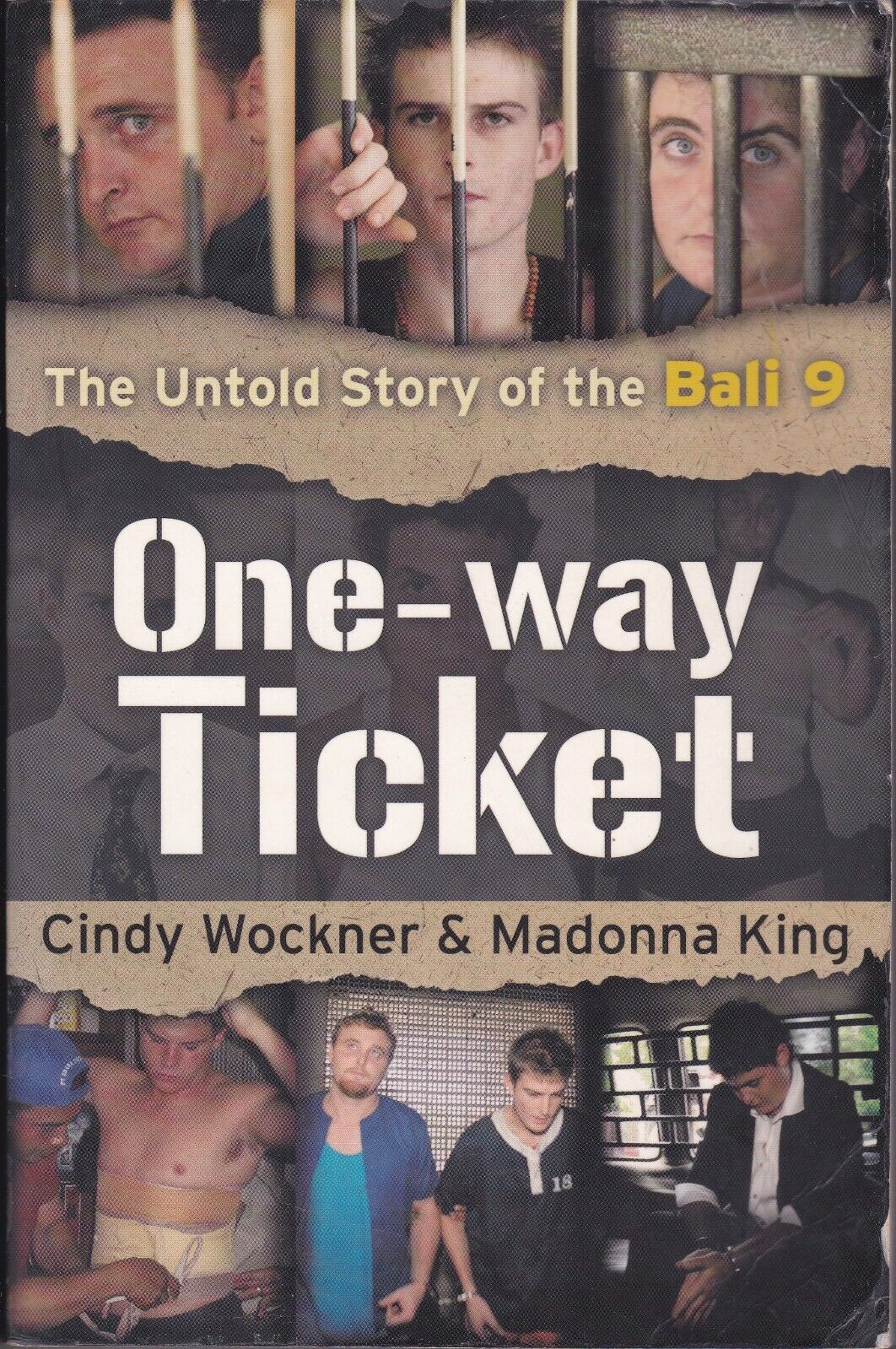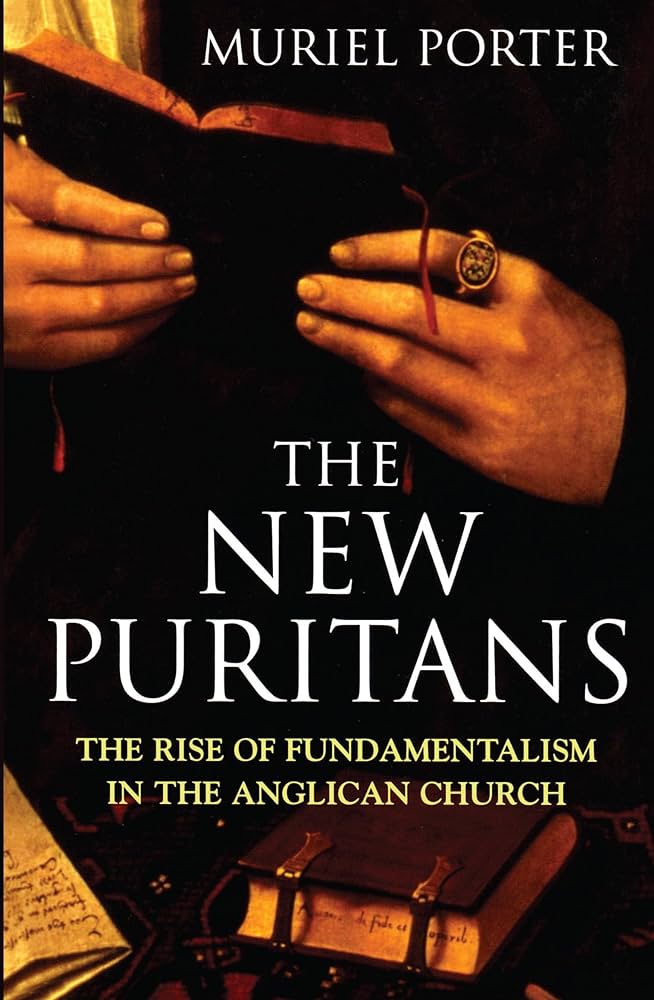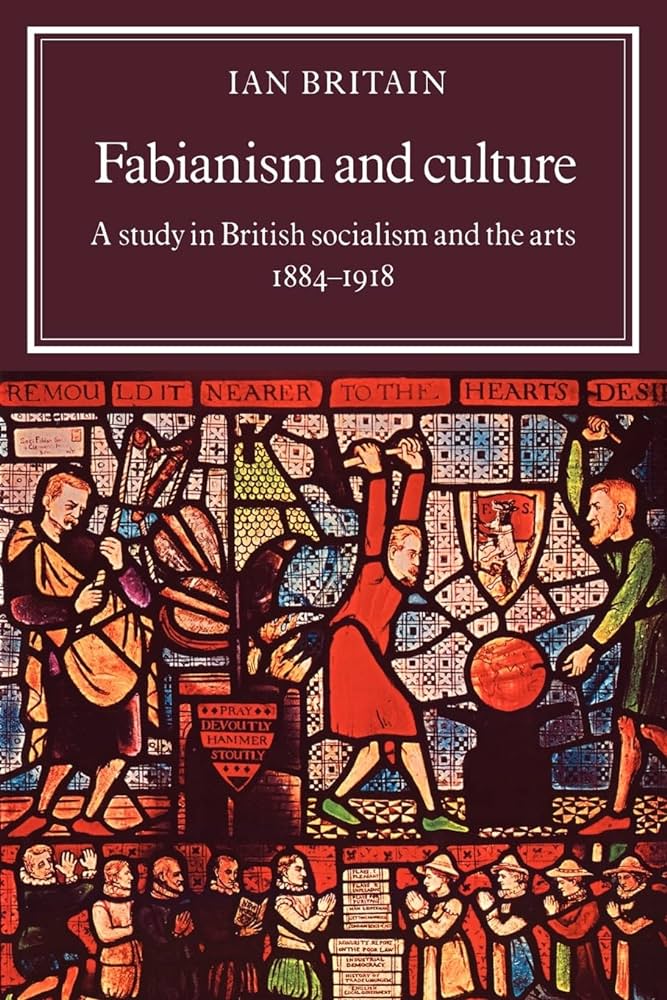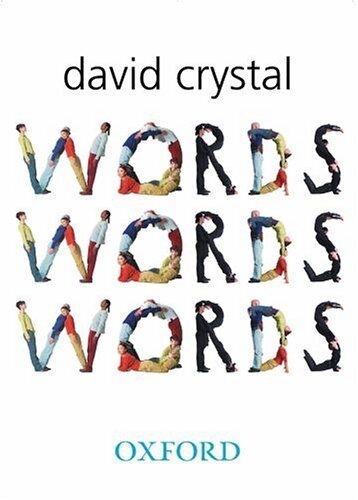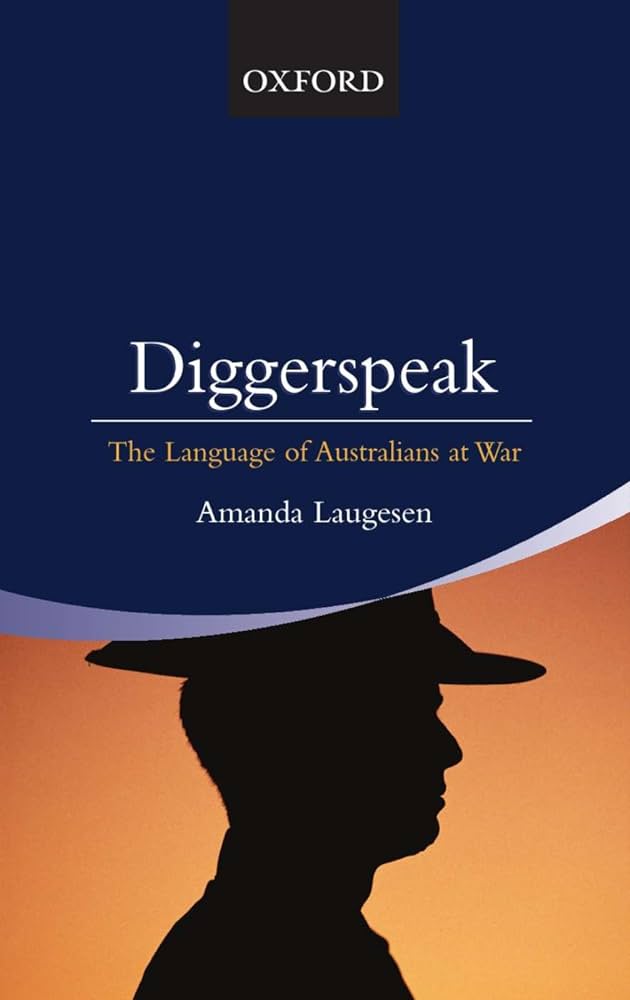Non Fiction
One Way Ticket: The untold story of the Bali nine by Cindy Wockner and Madonna King
When it was reported in 2005 that nine Australians had been arrested in Bali on charges of trafficking heroin, the public response was scornful and incredulous. In the wake of the media saturation of Schapelle Corby’s trial, such blatant attempts to flout the severe drug laws of Indonesia, with quick cash the only apparent incentive, seemed incomprehensible. As the story filtered through the press, a division appeared in ‘The Bali Nine’, as they were swiftly dubbed, between the mules – Martin Stephens, Renae Lawrence, Scott Rush and Michael Czugaj – who were apprehended with more than eight kilograms of heroin strapped to their bodies, and other members of the group, most of whom had not left the country before. These were Andrew Chan and Myuran Sukumaran, identified as the ringleaders of the operation, and Matthew Norman, Si Yi Chen and Tan Duc Thanh Nguyen, who were arrested in their hotel room with more than 300 grams of heroin. The mules claimed that Chan and Sukumaran had made repeated threats against their families should they not co-operate; and that they and Matthew Norman were innocent victims of an international drug-trafficking ring.
... (read more)Packer’s Lunch: A rollicking tale of Swiss bank accounts and money-making adventures in the roaring 90s by Neil Chenoweth
One of the three central protagonists of Neil Chenoweth’s book, Graham Richardson, famously titled his autobiography Whatever It Takes (1994). Despite the title’s hints at candour, Richardson’s book eluded all but the most passing references to Kerry Packer. As Chenoweth points out in his alarming new book, this, from the man John Button had dubbed the Minister for Kerry Packer, represented storytelling at its most elliptical. More than Richardson’s book, Chenoweth presents the tale of Whatever it Took. It is not an edifying spectacle.
... (read more)The New Puritans: The rise of fundamentalism in the Sydney Anglican Church by Muriel Porter
A couple of years ago I attended the patronal festival at St James’, King Street, Sydney. The preacher was the Dean of Newcastle, who, after the blessing, opened with ‘Greetings from across the Chasuble Belt!’ The large congregation erupted into laughter, then settled in for twelve minutes of civil gospel. This is because Sydney Diocese, alone in the Anglican Communion, requires its clergy to sign an understanding that they will not wear Eucharistic vestments, including the chasuble. The ban is but one outward and visible control mechanism of an inward and enclosed evangelical attitude that typifies the power play within the diocese.
... (read more)Global Matrix: Nationalism, globalism and state-terrorism by Tom Nairn and Paul James
Books on globalisation abound, to the point that it has become difficult to say anything new about the issues at stake. But despite this challenge, Tom Nairn and Paul James manage to add substance to the debate. They do so by rethinking the relationship between nationalism and globalisation. The defining feature of this engagement is the authors’ attempt to circumvent what they believe is a very polarised debate.
... (read more)Hayek’s Challenge: An intellectual biography of F.A. Hayek by Bruce Caldwell
On February 19 this year, Francis Fukuyama jumped ship. In the course of an essay in the New York Times on the failings of the American strategy to ‘democratise’ the Middle East, he declared that, ‘I have numerous affiliations with different strands of the neo-conservative movement’, but ‘neo-conservatism, both a political symbol and a body of thought, has evolved into something I can no longer support’. The neo-conservative project, he stated, has become self-contradictory. Though the Bush administration retains an evolutionistic scepticism about the limits of social engineering in domestic matters, it feels no such restraint in foreign policy, where its faith in the transformational uses of American power and in the exceptionalism of American virtue has overcome traditional doubts about the malleability of humanity.
... (read more)Eddie’s Country: Why did Eddie Murray die? by Simon Luckhurst
It is painful to read Eddie’s Country, a book that takes the reader beyond the formality, the statistics and the mind-numbing complexity of the Australian Royal Commission into Aboriginal Deaths in Custody held between 1987 and 1990. Instead, we are called to bear witness to the frustration and grief endured by one family as it sought answers to questions arising from the unexpected death, in police custody, of Eddie Murray.
... (read more)Return to Gallipoli: Walking the battlefields of the great war by Bruce Scates
Why does ANZAC day seem more popular now than forty years ago? Despite the thinning ranks of veterans, attendances at dawn services in most capital cities are up, crowds at the marches are large and enthusiastic, numerous historians and former members of the armed services seem to be running profitable battle-field tour businesses, and the desire of young Australian backpackers to include Gallipoli (particularly on Anzac Day) in their itineraries increases every year. This popularity is even more remarkable given that in the 1970s and early 1980s Anzac Day was a source of controversy and dissent: anti-war protestors, Vietnam veterans who felt excluded from the national ethos, indigenous Australians who felt their wars were overlooked and feminists determined to highlight the problem of women raped in war, all saw this national day of commemoration as an occasion to press their cause. The RSL did not respond well to these attempts to undermine the sanctity of the day. The re-emergence of Anzac Day as a site for unity and cohesion, particularly amongst younger Australians, is intriguing.
... (read more)Fabianism and Culture: A study in British socialism and the arts 1884–1918 by Ian Britain
Philistinism and anti-intellectualism enjoy each other’s company so much that it can be bracing to be reminded that it is possible to be both an intellectual and a philistine. That, at least, was a charge levelled at the British Fabians by some former members of the Fabian Society – and by some historians too quick to take those apostates at their word. The Fabians had unimpeachable intellectual credentials, but their preoccupation with policy, the mechanics of municipal and national government, and strategies for getting their policies implemented (initially by ‘permeating’ existing political parties, and later, in the case of Beatrice and Sidney Webb, through the Labour party) was such that they could appear ascetic and unmoved by the pleasures – and the potential – of literature and the arts.
... (read more)David Crystal has written numerous books on language – ‘over 100’ proclaims the cover blurb. In the chapter titled ‘Wordbirths’, Crystal muses on how rare it is to know who created a new word. In this regard, at the Australian National Dictionary Centre we have been tracing the term barbecue stopper, which is first recorded in the Sydney Morning Herald, 27 October 2001: ‘That’s one reason he [John Howard] will talk about improving the balance between work and family, a topic he describes as a “barbecue stopper” because it engenders so much conversation whenever people get together.’ Did the prime minister invent the term, or was it the creation of his speechwriter?
... (read more)Diggerspeak: The language of Australians at war by Amanda Laugesen
While I was reading this book, news came that Peter Casserly, the last surviving digger who fought on the Western Front in World War I, had died, aged 107. Like Marcel Caux, who died in 2004, aged 105, Casserly always repudiated the Australian glorification of Gallipoli, refusing to participate in Anzac Day marches, join the RSL or even to talk about his wartime experiences. Yet after eighty-seven years of silence on the subject, Casserly had not forgotten the language that diggers used in 1917. The Sydney Morning Herald report of his death quoted from an interview he gave. ‘Another time Fritz derailed a train with English soldiers on board,’ he recollected, adding that, ‘Jerry was always trying to blow up the train with all its ammo.’ The soldiers’ terms to refer to their enemy, the Germans (or ‘the Hun’, as it pleased supporters of the conflict to say then), were Fritz, the pet-form of the common German given name Friedrich, and Jerry, an English pet-name that echoed the word German. Likewise, the Turks were called Abdul and Johnny Turk.
... (read more)

